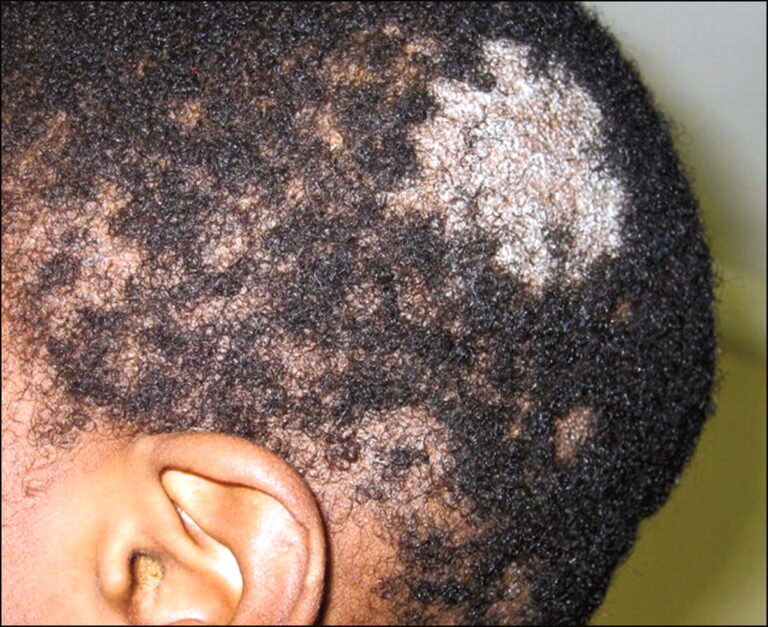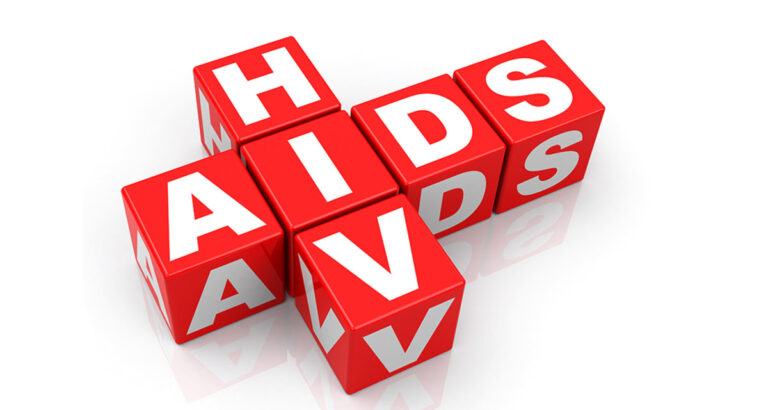Erectile Dysfunction
Erectile Dysfunction is one of the most common and devastating household problems. Little to no education is provided on such a topic especially in our society where a man’s pride is in the bedroom. It is of utmost importance to differentiate between ED and infertility which is inability to conceive and is a whole topic on it own which we will discuss in the next article. What is ED? What causes ED? When do I know I have ED? What can be done to treat ED?
Merck manual defines the inability to attain or sustain an erection satisfactory for sexual intercourse. Most erectile dysfunction is related to vascular, neurologic, psychologic, and hormonal disorders; drug use can also be a cause. Evaluation typically includes screening for underlying disorders and measuring testosterone levels. Treatment options include oral phosphodiesterase inhibitors, intraurethral or intracavernosal prostaglandins, vacuum erection devices, and surgical implants.
There are 4 main components of male sexual function:
- Libido
- Erection
- Ejaculation
- Orgasm
Sexual dysfunction is a problem with one of these components that interferes with interest in or ability to engage in sexual intercourse.
Libido
Libido is the conscious component of sexual function. Decreased libido manifests as a lack of sexual interest or a decrease in the frequency and intensity of sexual thoughts, either spontaneous or in response to erotic stimuli. Libido is sensitive to testosterone levels as well as to general nutrition, health, and drugs.
Erection
Erection is a neurovascular response to certain psychologic and/or tactile stimuli. This results in the penis becoming hard and ready for copulation.
Ejaculation and Orgasm
Ejaculation is controlled by the sympathetic nervous system. Neural stimulation of the alpha-adrenergic receptors in the male adnexa (e.g. , penis, testes, perineum, prostate, seminal vesicles) causes contractions of the epididymis, vas deferens, seminal vesicles, and prostate that transport semen to the posterior urethra. Then, rhythmic contractions of the pelvic floor muscles result in pulsatile ejaculation of the accumulated seminal fluid.
Orgasm is the pleasurable sensation that occurs in the brain generally simultaneously with ejaculation. Anorgasmia may be a physical phenomenon due to decreased penile sensation (e.g. from neuropathy) or a neuropsychologic phenomenon due to psychiatric disorders or psychoactive drugs.
Ejaculatory dysfunction is reduced or absent semen volume. It may result from retrograde ejaculation, which may occur in men with diabetes or as a complication of bladder neck surgery or transurethral resection of the prostate.
Premature ejaculation is defined as ejaculation occurring sooner than desired by the man or his partner and causing distress to the couple. It is usually caused by sexual inexperience, anxiety, and other psychologic factors instead of disease.
There are 2 types of ED:
- Primary ED, the man has never been able to attain or sustain an erection
- Secondary ED, acquired later in life by a man who previously was able to attain erections
Primary ED is rare and is almost always due to psychologic factors or clinically obvious anatomic abnormalities.
Secondary ED is more common, and > 90% of cases have an organic etiology. Many men with secondary ED develop reactive psychologic difficulties that compound the problem.
Psychologic factors, whether primary or reactive, must be considered in every case of ED. Psychologic causes of primary ED include guilt, fear of intimacy, depression, or anxiety. In secondary ED, causes may relate to performance anxiety, stress, or depression. Psychogenic ED may be situational, involving a particular place, time, or partner.
The major organic causes of ED are
- Vascular disorders
- Neurologic disorders
These disorders often stem from atherosclerosis or diabetes.
The most common vascular cause is atherosclerosis of cavernous arteries of the penis, often caused by smoking and diabetes. Atherosclerosis and aging decrease the capacity for dilation of arterial blood vessels and smooth muscle relaxation, limiting the amount of blood that can enter the penis. Veno-occlusive dysfunction permits venous leakage, which results in inability to maintain erection.
Neurologic causes include stroke, partial complex seizures, multiple sclerosis, peripheral and autonomic neuropathies, and spinal cord injuries. Diabetic neuropathy and surgical injury are particularly common causes.
Neurologic causes include stroke, partial complex seizures, multiple sclerosis, peripheral and autonomic neuropathies, and spinal cord injuries. Diabetic neuropathy and surgical injury are particularly common causes.
Diagnosis of ED
The diagnosis of ED is complex and involves:
- Clinical evaluation– include history of drug (including prescription drugs and herbal products) and alcohol use, pelvic surgery and trauma, smoking, diabetes, hypertension, and atherosclerosis and symptoms of vascular, hormonal, neurologic, and psychologic disorders. Satisfaction with sexual relationships should be explored, including evaluation of partner interaction and partner sexual dysfunction (eg, atrophic vaginitis, dyspareunia, depression)
- Screening for depression– It is vital to screen for depression, which may not always be apparent.
- Testosteronelevel– Laboratory assessment should include measurement of morning testosterone level; if the level is low or low-normal, prolactin and luteinizing hormone (LH) should be measured. Evaluation for occult diabetes, dyslipidemias, hyperprolactinemia, thyroid disease, and Cushing syndrome should be done based on clinical suspicion.
Treatment of ED
Treatment is basically aimed at addressing the underlying causes
- Drugs, usually oral phosphodiesterase inhibitors-
- Avanafil 50,100,200mg can be taken 15 mins before intercourse
- Sildenafil (Viagra)- initial 50mg, maintenance 25-100mg- onset of action 60 mins and can last up to 4 hrs
- Tadalafil-10-20mg- onset of action 60mins and lasts 24-36hrs
- Tadalafil (low dose)- 2.5-5mg- onset of action 60mins. For daily use taken at the same time each day, without regard to timing of sexual activity.
- If other treatments fail, mechanical devices, surgical implantation of penile prosthesis can be used:
1. Mechanical devices for erectile dysfunction
Men who can develop but not sustain an erection may use a constriction ring to help maintain erection; an elastic ring is placed around the base of the erect penis, preventing early loss of erection. Men who cannot achieve erection can first use a vacuum erection device that draws blood into the penis via suction, after which an elastic ring is placed at the base of the penis to maintain the erection. Bruising of the penis, coldness of the tip of the penis, and lack of spontaneity are some drawbacks to this modality. These devices can also be combined with drug therapy if needed.
2. Surgery for erectile dysfunction
If drugs and vacuum devices fail, surgical implantation of a penile prosthesis can be considered. Prostheses include semi-rigid silicone rods and saline-filled multicomponent inflatable devices. Both models carry the risks of general anesthesia, infection, and prosthesis erosion or malfunction. In the hands of experienced surgeons, the long-term rate of infection or malfunction is well below 5% and the rate of patient and partner satisfaction is > 95%. The advantages of surgical prosthesis implantation are obvious: erections are produced immediately and spontaneously, erections last until the patient deflates his device and sexual activity may occur as frequently as the couple wishes. Thus when satisfaction rates are compared among all treatment options, the penile prosthesis shows the highest couple satisfaction rate.
Sex therapy, tricyclic antidepressants, and SSRIs can be used to address ejaculatory dysfunction.






